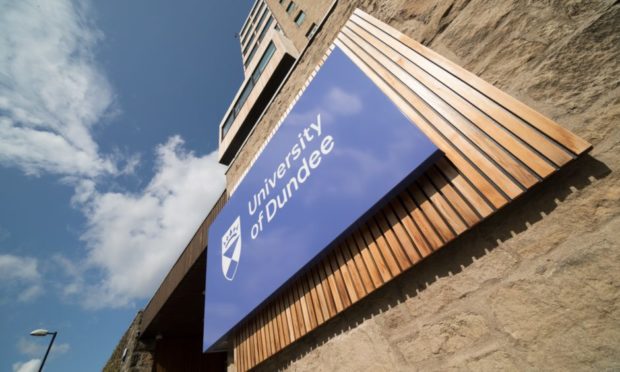The University of Dundee is part in a £16 million project that looks to cut delivery times on major infrastructure developments.
The university is part of the Transport Infrastructure Efficiency Strategy Living Lab (TIES Living Lab), launched today by Minister of State, Andrew Stephenson.
TIES Living Lab is a collaboration aimed at harnessing the vast quantities of intelligence UK infrastructure projects generate in order to drive down delivery times, reduce carbon emissions and improve safety and skills for construction workers.
Over the next two years, the partnership will invest more than £16m in new tools, processes and data systems – bringing together infrastructure and industry leaders with business and academic institutions to establish best practice in the way innovations are designed, built and integrated within transport assets.
Dundee University will receive £264,000 to extract data from historic rail sector construction projects relating to cost, time, productivity and quality of work.
The team, led by the university’s civil engineering department, will then create metrics to benchmark the performance of a number of projects run by Network Rail and Transport for London.
Principal Investigator Dr Moray Newlands said: “The TIES Living Lab project comes at a critical time for the UK construction industry.
“Client demands on cost, time and quality are now more important than ever and, to enable the industry to become more efficient, we need to examine historic data and identify where efficiencies can be made in new projects.
“The University will be interrogating data from similar infrastructure projects and using new projects within the rail industry as a live laboratory to test the data’s usefulness in measuring performance in terms of cost, productivity and quality.
“In addition, other industry partners will also be examining other important factors such as environmental impact and social value.
“It is hoped that the main outcome from the project will be a data repository that can be used by the UK construction industry to improve the efficiency of future construction projects.
“As the UK Government is the biggest infrastructure client in the country, this efficiency is also hugely important for taxpayers.”
The Dundee team will work alongside Whole Life Consultants Ltd, a University spin-out company led by Emeritus Professor Malcolm Horner, and Lean Construct Ltd, founded by Dundee alumnus Dr Steven Ward.
The Office of National Statistics will create a data store so others in the construction industry can use the data/metrics they produce to measure performance of future projects and make the whole process more efficient.
Mr Stephenson highlighted the need for a laser-like focus on ensuring infrastructure investment is used to its full potential.
“As we begin our green recovery from the coronavirus pandemic, the need to level-up our country and boost economic prosperity has only increased – and we are determined that we don’t just rebuild, we rebuild smarter,” he said.
“The Living Lab is a great opportunity for industry and academics to work together to embrace new, more productive, more efficient and more sustainable ways of delivering transport infrastructure.”
By identifying and tackling systemic issues that obstruct the innovations in construction, it is hoped that this first-of-its-kind programme will be a catalyst for cultural change.
TIES Living Lab comprises of 31 strategic partners, including 25 consortium members.










